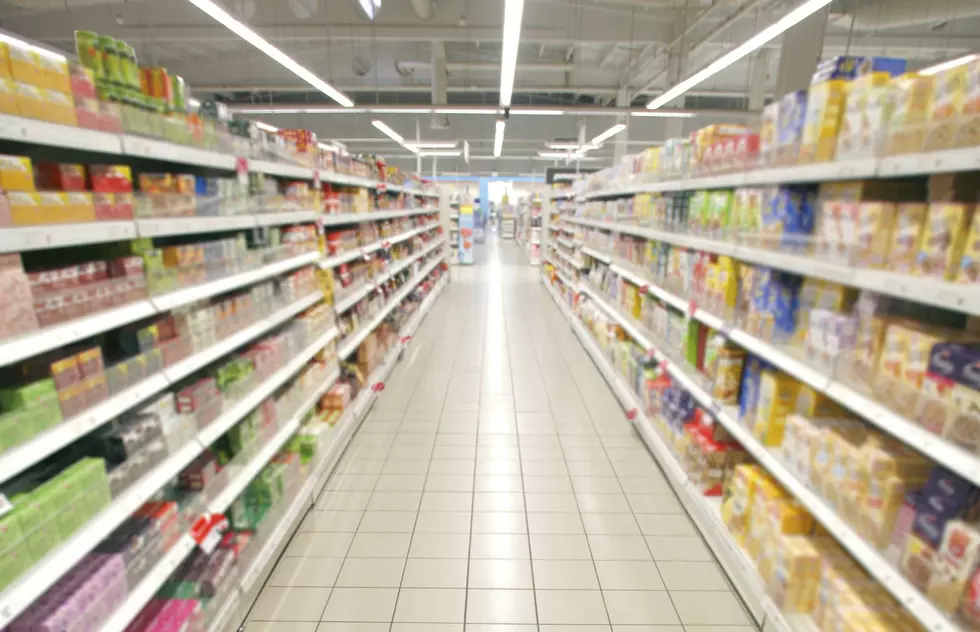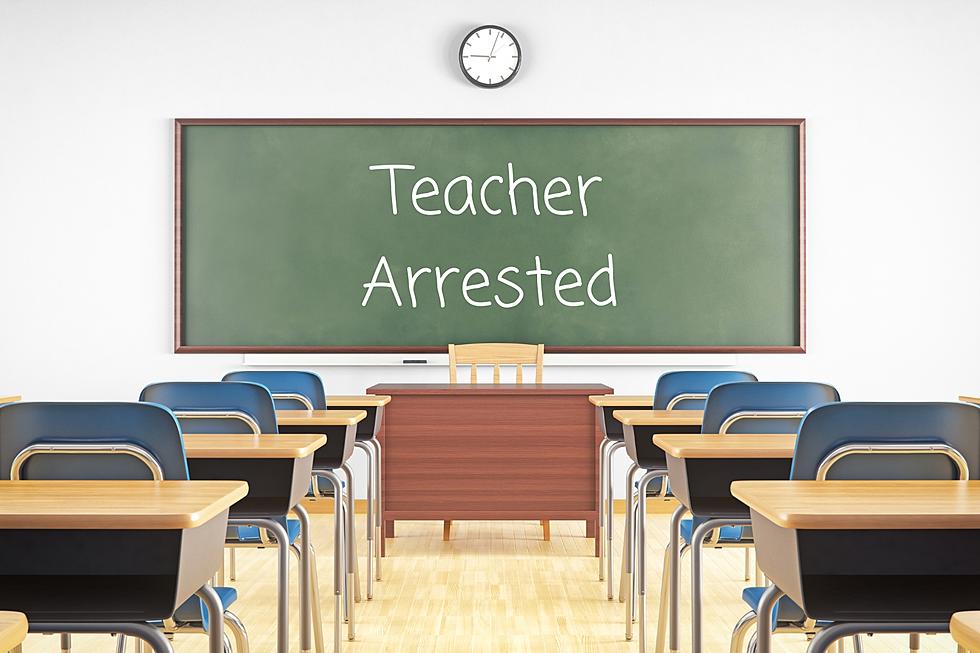
Trump Administration Could Cut 68,000 in NJ From Food Stamps
Tens of thousands of New Jersey residents would lose food assistance from the government under a rule change planned by the Trump administration, according to the state Department of Human Services Tuesday.
The revision would make changes to the current application procedures and eligibility requirements for Supplemental Nutrition Assistance Program, or SNAP benefits, more commonly known as food stamps.
According to Human Services Commissioner Carole Johnson, about 68,000 state residents would lose SNAP benefits under the proposal, which also would equate to more than $33 million in lost food assistance benefits annually for New Jersey.
"That’s damaging to New Jersey families struggling to pay grocery bills and trying to get on the best possible financial footing," Johnson said in a written statement to the Townsquare News Network.
She also said that's an economic hit to the state, as "That’s $33 million that will not be spent in New Jersey grocery stores, conveniences stores, bodegas and farmer’s markets, so there is also a big economic impact for New Jersey businesses."
An estimated 3.1 million people nationwide could lose SNAP benefits through the proposal to cap eligibility for SNAP in households either already receiving federal and state assistance or that are enrolled through "alternative eligibility," which allows for greater "allowable deductions" before calculating a household's income limit, as reported by Bloomberg.
SNAP income limits for those eligible to receive federal benefits factor in gross income and net income. Gross income is a household's total income before taxes or any deductions. Net income is determined by subtracting certain allowable deductions from the gross income, as explained by the state government of Indiana on its website.
Examples of allowable deductions are expenses such as housing costs, court ordered child support payments, child care or dependent care payments, certain self-employment expenses, and monthly medical expenses over $35 for elderly (at least 60 years of age) and people with disabilities, as detailed online by the USDA.
A household’s gross income must be below 130 percent of the federal poverty line to be eligible for SNAP, which works out to $32,640 a year for a family of four in 2019, based on federal poverty guidelines.
New Jersey is among 40 states and the District of Columbia that use "alternative eligibility" criteria that allow participants in some federally funded welfare programs to automatically receive food stamps as long as their income is less than double the poverty level, as reported by Bloomberg.
That works out to be less than $51,500 for a family of four, based on the same federal guidelines.
The proposed new rules look to enforce strict federal income and asset limits for receiving SNAP benefits, U.S. Secretary of Agriculture Sonny Perdue and Acting Deputy Under Secretary Brandon Lipps said in a recent recorded press conference, posted to the USDA website.
“For too long, this loophole has been used to effectively bypass important eligibility guidelines. Too often, states have misused this flexibility without restraint,” Perdue said in the press release accompanying the proposed revision published July 24.
The changes are not about closing a "loophole," but instead would be a cut to those allowed deductions for households and individuals for calculating income and asset limits, according to Ray Castro, health policy director of the New Jersey Policy Perspective, a progressive think tank that opposes the changes.
New Jersey would be among the hardest hit by changes, because we're among the states with the highest cost of living, Castro said, impacting the state's residents in a similar way to the 2017 federal tax reform cap on SALT deductions.
January through May, an average of 348,075 households, or 688,557 individuals, received SNAP benefits in New Jersey, according to online data from the state Department of Human Services Division of Family Development. Of those individuals, 320,434 were children.
That’s down compared to 2018 levels, when an average of 369,956 households, or 736,934 persons received SNAP benefits in New Jersey for the year.
And, lower still from 2017, when New Jersey SNAP benefits were provided to an average of 395,030 households, or 788,032 persons that year, according to the same data.
Castro said that's due in part to people gaining jobs.
He said the idea that the program is a "bigger and bigger safety net" for people who do not need food assistance is not correct.
"Rooting out waste, fraud and abuse is a top Agency priority. Most recipients and retailers play by the rules," the USDA said in its written response to a 2016 internal audit by the Office of the Inspector General, aimed at detecting SNAP fraud.
There now is a 60-day public comment period that ends Sept. 23.
The change also could face a legal challenge, Castro said.
"It’s never acceptable to make it harder for New Jerseyans in-need to feed their families or to make it more difficult for states to provide needed food assistance," Johnson said, while also adding the state would "continue to take appropriate action to fight this proposal."
Castro said a lot of what the USDA proposed was in previous legislation that Congress rejected, so the department is trying to get around it by changing the policies administratively.
In December, Secretary Perdue vowed to reform SNAP through his regulatory power, in an essay he wrote that was published by USA Today. Perdue first announced the plan after President Trump signed into law a farm bill that had been reworked to exclude more stringent work requirements for SNAP recipients, as reported by Vox.
Trump’s early draft of a 2019 budget, released in February 2018, proposed nearly a 30% cut to SNAP, or more than $213 billion over a decade, according to the Center on Budget and Policy Priorities.
More From WPG Talk Radio 95.5 FM










